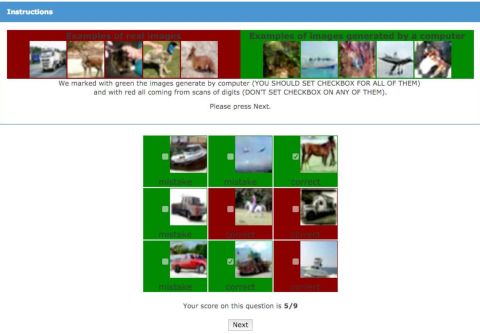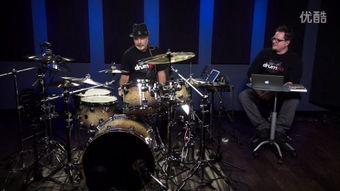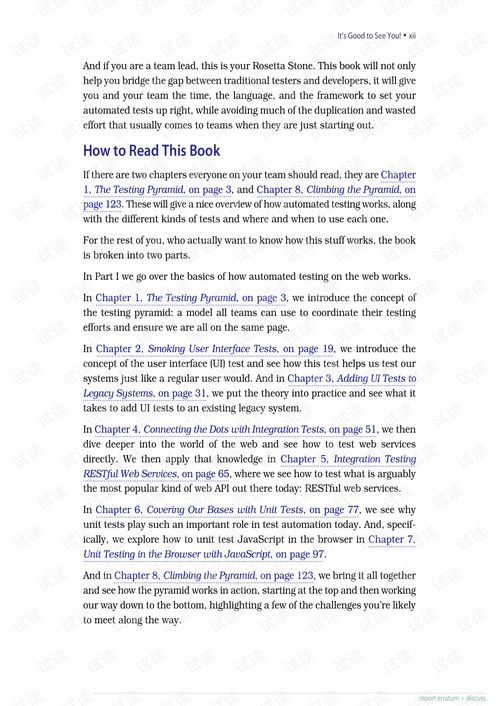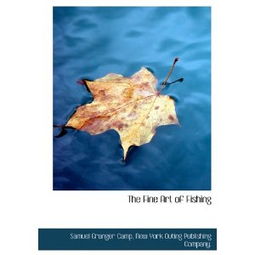Introduction:
Bream fishing, an activity that combines patience, skill, and a deep appreciation for nature, has been a beloved pastime for anglers around the world. Among the various species of fish that anglers seek, the bream, known for its delicious taste and spirited fight, is particularly sought after. This article aims to provide you with a comprehensive guide on how to effectively catch bream, complete with detailed illustrations and expert tips.
Understanding Bream Behavior:
Before diving into the fishing techniques, it's crucial to understand the behavior of bream. Bream are bottom feeders, often found in shallow waters where they search for food. They are known to be active during the early morning and late evening, making these times the best for fishing. Knowing their habits will help you choose the right spots and times to fish.
Choosing the Right Equipment:
Rod and Reel: A medium-light to light-action rod is ideal for bream fishing. The rod should be around 6 to 7 feet long to provide enough sensitivity and control. A spinning reel is generally preferred for its ease of use and versatility.
Line: Use a monofilament line with a thickness of 4 to 6 pounds. This line is strong enough to handle bream but light enough to avoid spooking them.
Hook: A size 6 to 10 hook is suitable for bream. The size depends on the bait you choose and the size of the bream you're targeting.
Leader: A 12 to 18-inch leader of monofilament or fluorocarbon line is recommended to prevent detection by the bream.
Bait: Live bait like worms, maggots, or small pieces of fish flesh are effective for attracting bream. Artificial lures can also be used, especially during times when natural bait is scarce.
Finding the Perfect Spot:

Shallow Waters: Bream are often found in shallow waters, especially in areas with weed beds, rocks, or other structures that provide cover.
Water Temperature: Bream are most active in water temperatures ranging from 60 to 70 degrees Fahrenheit. They tend to move to deeper waters as the temperature rises.
Oxygen Levels: Areas with good oxygen levels, such as areas with water flow or vegetation, are often good spots for bream.
Fishing Techniques:
Cast and Wait: Cast your bait into the desired area and wait for a bite. Patience is key when fishing for bream, as they may take some time to bite.
Trolling: Trolling can be effective, especially in areas where bream are scattered. Use a slow and steady retrieve to attract the fish.
Jigging: Jigging involves moving the bait in short, sharp bursts to mimic the movement of prey. This technique can be particularly effective in areas with vegetation or structure.
Using Artificial Lures: Artificial lures, such as spinners or soft plastics, can be used to attract bream. Experiment with different colors and sizes to see what works best.
Step-by-Step Illustrations:
To help you visualize the process, here are some step-by-step illustrations:
Assembling Your Gear: Start by attaching the reel to the rod, then thread the line through the guides and attach the leader. Finally, tie on your hook and bait.
Choosing a Spot: Look for areas with weed beds, rocks, or other structures. These areas are often hotspots for bream.
Cast Your Bait: Cast your bait into the chosen area and wait for a bite. If you don't get a bite, try reeling in and casting again.
Reeling in: Once you feel a bite, gently reel in the line. If the fish is on the line, you'll feel resistance. Keep reeling in slowly and steadily until you can land the fish.
Landing the Fish: Once you have the fish close to the boat, use a net to land it gently. Be sure to release the fish quickly and carefully to ensure its survival.
Conclusion:
Catching bream can be a rewarding and enjoyable experience, provided you have the right knowledge and equipment. By understanding bream behavior, choosing the right equipment, and employing effective fishing techniques, you'll be well on your way to becoming a successful bream angler. Remember to always practice responsible fishing and respect the environment and the fish you catch. Happy fishing!












